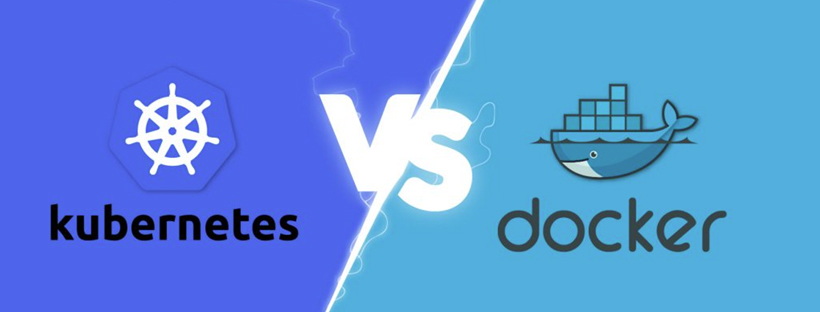Towards Containerisation, Docker and Kubernetes

Nothing is harder for a developer to negotiate between an effective design and poor implementation. A programmer, in the usual case, has to bear the responsibility of program design, developing the components, setting the code, test, then make changes and then test among others. While all this is the job proforma, but the reality behind this fancy proforma pounces on programmers and developers with a long list of actual problems. First is to figure out over-expectations, then design the pattern to fit into those unrealistic deadlines. As you set the table for the software, you realize that your existing languages, frameworks, systems, algorithms and other intricacies are insufficient for this specific implementation. Either you re-learn or re-design. In worst cases, hand-translate everything. Somehow, your superhero self manages tiny details of coding, all the hit, and trials of errors, modularisation, etc. Then you come to know that the server is not responding with more than xxx requests. Keeping up with the timeline of functionalities isn’t easy with the traditional monolithic systems. Containers, Docker and Kubernetes resolve most of these problems. Before that …
Monolithic
Literally means “single upright block”.
In hardware, all the circuits are set on a single die.
In software, all the aspects of development, deployment, and other processes are interwoven to form a single vertical unit.
Serverless Computing
Cloud takes care of managing servers. Often the vendor will charge on the basis of the compute time or the runtime of the function. The application does develop and run on a server but you do not have to maintain the physical machines. The vendor manages the space and sometimes even shifts the application to different servers.
Hypervisor
A low-level software that creates and runs operating systems and virtual machines. Hypervisor layers different OS on a single physical machine (called host OS).
Virtual Machines
The OS created over the host OS is called a virtual machine or guest machine. With the help of Hypervisor, you can set multiple OS on the host machine. These guest OS will function independently just like a separate computer, but sharing the same kernel.
Why have these become obsolete in comparison to containers?
You won’t find components for the oven-sized CPUs anymore
Problems in connecting to the server/network issues
The success of an application is not equal to ‘Ping Localhost’
Language and framework compatibility issues
A new generation of sophisticated middleware
Extreme hikes and lows in requests due to changing demographics
Too much interdependence of components
Difficult to edit/update portions of the application
Paying for what you are not using
Zero flexibility in scaling
Loading burden of the entire VM even to access its minute applications.
Container
A container sits on the host OS and uses its kernel. So, this saves the use of an additional layer of the hypervisor, which, in turn, saves the cost of additional machines. Furthermore, you can easily move the containers to other machines.
How to work on it?
You can work on the separate components of the application separately and save its image/container. This little segment will be an executable code that you can run independently. You will need an orchestrator to manage these containers.
Benefits
- Workable with different languages and libraries
- Freestanding
- You don’t need to pile up OS to build an application
- It can run on any computer and any OS
- You can run many containers or components simultaneously
- You can also run it on virtual machines
- Continuous integration and delivery workflows
docker and Kubernetes
Docker
Docker is a software that helps you organize and share containers. The software itself is very light in comparison to the set of files you would create on a VM. However, practically, the uses of Docker and VM are wedded to each other. You can install Docker into the VM and save a lot of space. It is the interface between the containers and the host.
Kubernetes
Just like Docker and Kubernetes, it is also a container orchestration tool but with several different features.
- You group together containers that must have a shared context, called pods.
- A node manages the behavior of pods under its services.
- A master node manages the behavior of the nodes.
- Each facet is isolated, yet, co-located.
- It offers extreme transparency and resource monitoring.
- You can automate the co-dependency to designated facets. (it also has defaults)
- You can finely allocate the capacity for pods.
- Infinitely scalable.
- Automated rolls, re-schedules, health-checks, load-balancing, etc.
- Lightweight even when dealing with heavy applications simultaneously.
- Easy to update versions without damages to older versions.
- A layered approach to development and deployment.
Other container orchestration tools
- Google Container Engine
- AWS ECS
- Azure Container Instances
- OpenShift
- Docker Swarm
You Know More Cloud Services (Docker and Kubernetes) visit to our Blog.